Top Signs That You Should Replace Your Power Socket
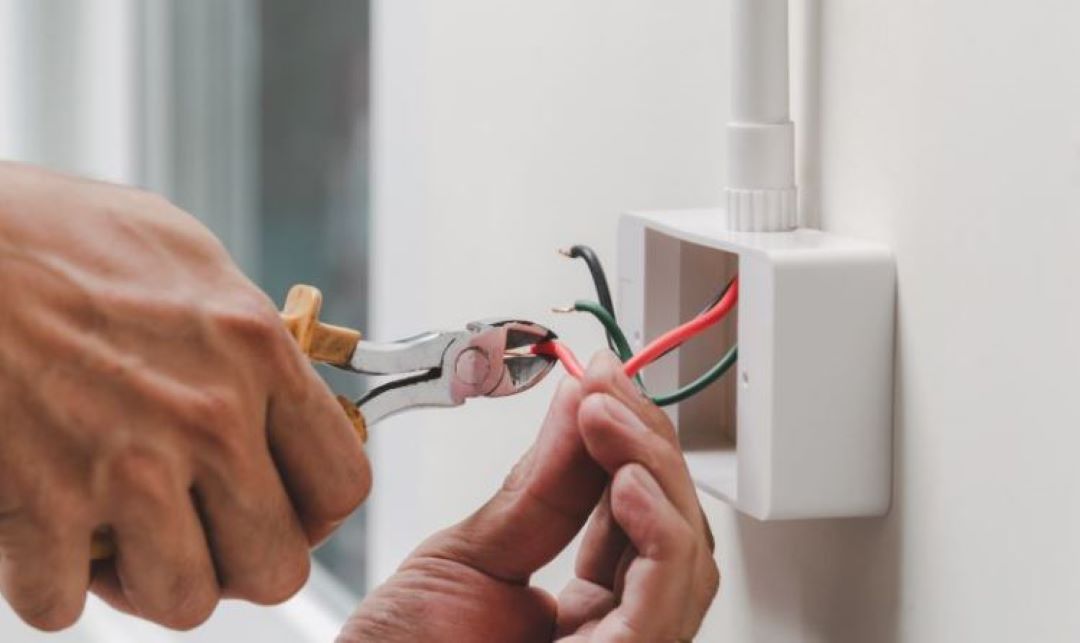
The top signs that you should replace your power socket include frequent trips or flickers in your power supply, visible damage or discoloration to the socket itself, an inability to hold plugs snugly, and a burning smell emanating from the socket.
When you notice these indicators, it's critical to consult with a professional electrician to install new power sockets to ensure your home's electrical system is safe and functional. Delaying the replacement of faulty sockets can pose serious safety risks, so it's advisable to have them replaced as soon as these signs are observed.

What are the signs of a bad outlet?
The signs of a bad outlet include system failure, overloaded extension cords, warm touch, light flickering, plug falling out of the outlet, burning odor and frequent tripping of outlets.
Other signs of a bad outlet include noticing heat scorch marks around the socket, fuses blowing regularly, wires becoming loose or frayed, strange sounds coming from the sockets, and finding unwanted goo or residue around the socket.
System failure which can often be attributed to outdated electrical outlets requiring professional power socket replacement and installation services.
Overloaded extension cords, a common result of insufficient power point socket installation, can cause excessive heat and pose a fire hazard.
A warm touch felt on the power socket indicates excess heat generation, possibly due to inadequate grounding or the absence of a ground wire, signaling the need for upgraded power socket installation.
When light flickering occurs, it's essential to inspect the power points and consider replacing two-prong outlets with grounded outlets or GFCI (Ground Fault Circuit Interrupter) outlets to enhance safety and efficiency.
Heat scorch marks can indicate overheating and potential fire hazards. If you notice this on any of your outlets, it's crucial to have them replaced immediately by a professional electrician through proper power point installation.
Fuses blowing regularly can be a sign of an overloaded circuit or faulty wiring in the outlet, which needs to be addressed promptly to prevent electrical fires.
Loose or frayed wires inside the outlet should be immediately attended to by a professional electrician to avoid any electrical hazards.
Finally, finding unwanted goo or residue around the socket can be a sign of overheating and potential fire hazards. It's crucial to have these outlets replaced by a professional electrician through proper power point installation.

Another warning sign is when appliances easily fall out of the sockets, suggesting that the power sockets have become worn out and recessed outlets or more secure power point installation might be required.
A distinct burning odor near electrical outlets is a serious indication of a potential fire hazard, often due to old wiring or a need for tighter connections with a wire nut.
Frequent tripping of outlets, especially GFCI outlets designed to protect against electrocution, highlights a critical issue with the electrical system that could involve the ground fault circuit interrupters or require comprehensive power socket installation services to replace outdated hardware.
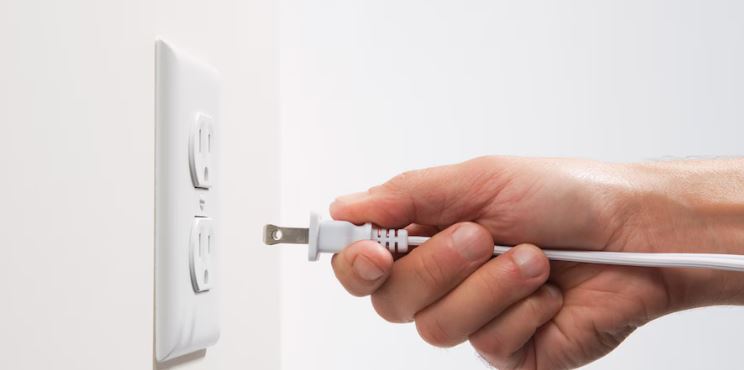
Can one bad outlet affect others?
Yes, one bad outlet can affect others. It can cause lights to go out if it leads to issues like short circuiting or an overloaded circuit that affects the entire power line.
When outlets stop working while the breaker hasn't tripped, it could indicate a more localized problem, often related to how individual outlets are wired or a specific issue like a bad electrical outlet.
Several reasons can account for multiple outlets ceasing to function simultaneously. It could result from melted plastic within the socket that disrupts the connection, a blown fuse that halts the flow of electricity, or improperly connected wire nuts that leave plugs without power.

Furthermore, an overloaded circuit, where too many appliances draw power from the same source, can lead to such failures. This is particularly pertinent with the increasing use of USB outlets and power points that demand more electricity.
Ground Fault Circuit Interrupters (GFCI outlets) are designed to protect against electrical hazards by cutting off power when a fault is detected, but a malfunctioning GFCI outlet could also inadvertently cut power to multiple outlets.
Lastly, a disconnected hot wire, possibly due to physical damage or loosening over time, can lead to several outlets not working, underlining the complexity of electrical systems in modern homes.
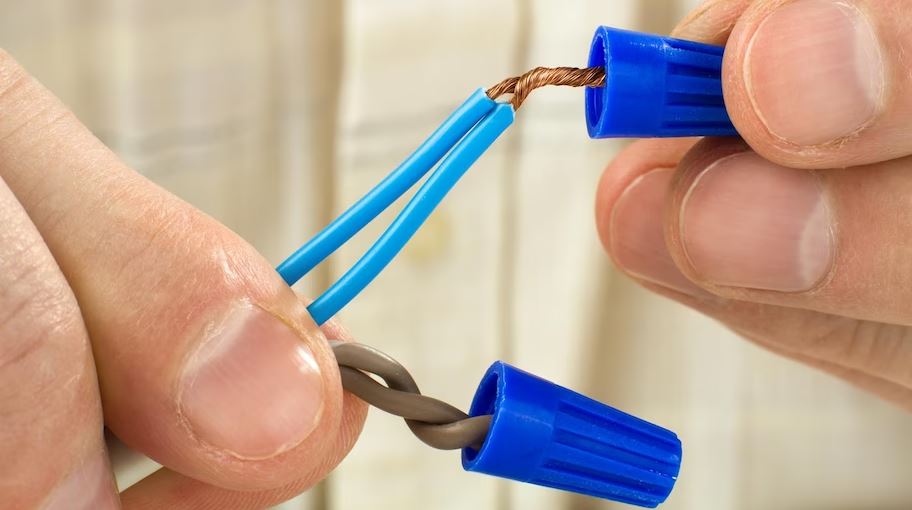
Can an outlet go bad and not trip the circuit breaker?
Yes, an outlet can go bad and not trip the circuit breaker. This situation often occurs due to issues like an open circuit within the wiring, excess wear on the socket, or loose connections often hidden behind the outlet itself, such as with wire nuts becoming loose over time.
For instance, when you plug in a phone charger or a clothes dryer, and the power point stops working, the issue might not always trigger the breaker to trip. This is because the problem isn’t necessarily an overload of electricity but rather a failure within the switch or socket itself.
In cases where an outlet feels hot but there's no power, and the breaker hasn't been tripped, it's a clear indicator of a problem that might not involve a direct overload or short circuit but could signal an open circuit or damaged wiring.
There's also no GFCI to trip in these instances, as the problem lies within the outlet or its connections, not in an overall grounding fault that a GFCI is designed to protect against.
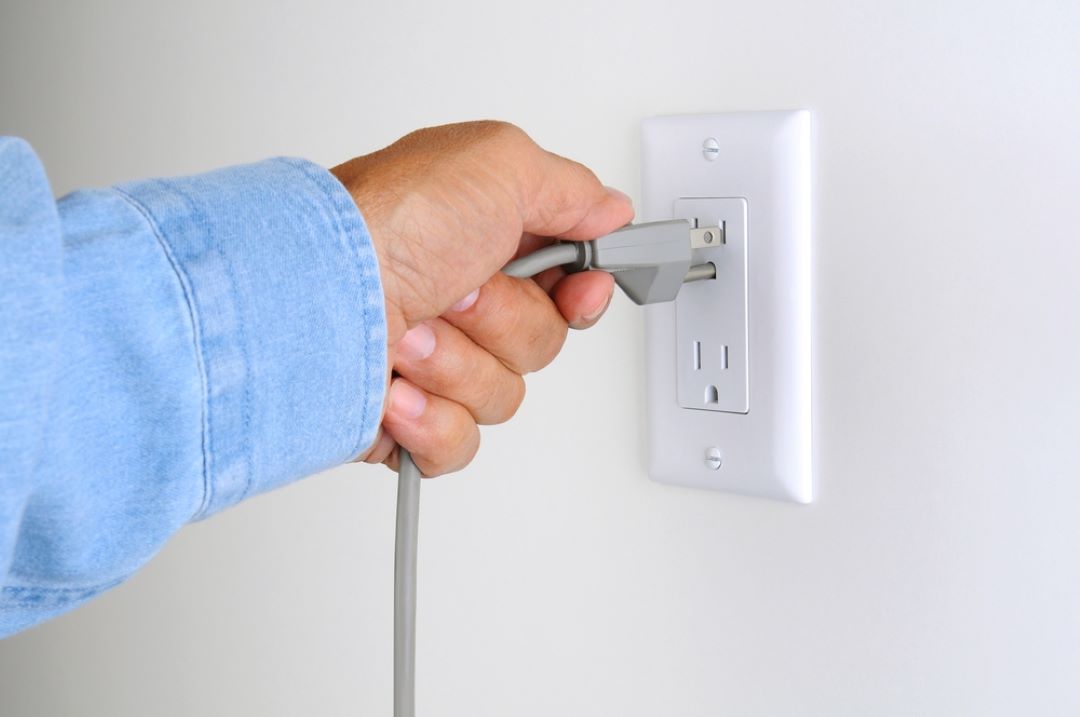
How to find bad electrical outlets in a circuit?
In a circuit, to find bad electrical outlets, especially when an outlet stopped working but the breaker hasn't tripped, or when outlets in a room aren't working yet the lights are, it's crucial to start with a careful examination of the situation.
The issue might involve a specific wall socket that has ceased to function due to internal damage or loose connections, which are not enough to trip the circuit breaker.
This is commonly found in cases where there is an overload or a short circuit within the wiring that is confined to the vicinity of a single outlet or switch. A licensed electrician would use a voltage tester to check for the presence of electricity in the outlet.
They might also inspect for signs indicating a bad electrical outlet, such as burning odors, discoloration, or damage to the outlet itself.
It's important to remember that although the circuit breaker may not trip, these signs could still point to a need for immediate attention to prevent potential hazards.

How to check if an electrical outlet is bad with a multimeter?
To check if an electrical outlet is bad with a multimeter, push a probe into each of the outlet's live and neutral slots. Even though the prongs are different in color, it doesn't matter which one you put into the each side of the outlet. The colors only matter if you are testing circuits or other electrical currents. Check your voltage reading against the list of standard 'residential' voltages from IEC that are used worldwide. In Singapore, if your outlet is in good condition, you will see a reading of 230 to 240 volts (V).
To test a 3-pin plug using a multimeter, start by ensuring the plug is disconnected from any power source. A ground, live and neutral pin is found in a 3-pin plug. On the plug's cord, each pin has their own corresponding slot. Set your multimeter to the continuity test mode, indicated by a symbol resembling a sound wave or an Ohm (Ω) symbol.
First, test the ground pin by inserting one probe into the ground prong and the other probe into the corresponding ground slot of the plug's cord. A continuous beep from the multimeter indicates a good connection. Repeat this process with the second or third prong (live and neutral pin).

A continuous beep in both these tests signifies that the internal wiring of the plug is correct and there are no breaks in the connection. This simple yet effective method ensures the safety and functionality of your 3-pin plug before use.
When checking voltage at home with a multimeter, it's important to verify that the power points are delivering the correct voltage output to prevent unexpected shocks or damage to electronic devices. This process can help identify issues like damaged wires that may not immediately trip a circuit but can interfere with the outlet's function.
To test three prong outlets' amperage with a multimeter, switch your device to the amperage setting and test each socket, which can reveal if the appliance or lamp is drawing too much power, potentially leading to short circuits.
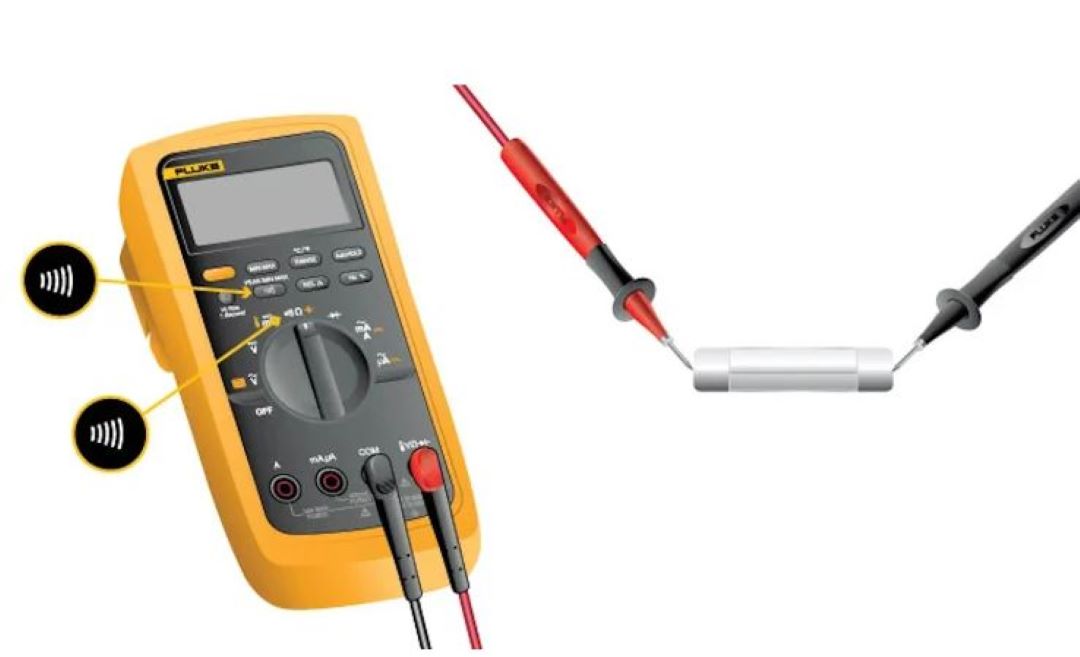
Testing an outlet for continuity involves checking the connection between the plug and the socket's inner wiring to ensure they can safely resume operation without risk.
In situations where a multimeter is not available, inspecting the outlet for exposed wires or signs of wear and tear can offer preliminary insights into its condition, although this method won't provide the detailed analysis that a multimeter would.
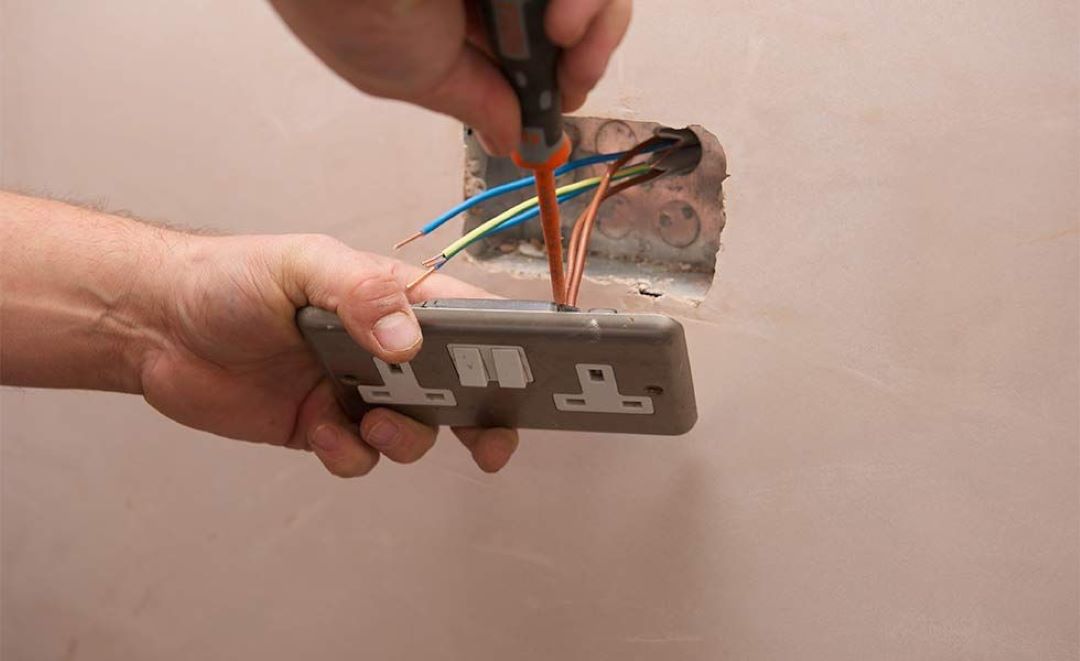
When should I replace my power socket?
You should replace your power socket when you notice the most common signs of outlet failure. Outlet failure include the outlet becoming loose from the wall, appliances frequently falling out, or the presence of a burning odor. These could indicate dangerous wiring issues or the risk of short circuiting.
Remember, the most common reason for outlet failure is often overlooked issues like power overloading, loose wires, or aged wiring that fails to meet current safety standards. Sometimes, poor installation of USB outlets may lead to outlet failure. Thus, its best to approach a certified electrician to learn how to install USB outlet correctly.
Consulting with a qualified electrician is the safest approach to diagnosing and replacing defective outlets. They can securely install new sockets, ensuring connections are tight and free from hazards.
Lito Electrical Service ensures homeowners get the best quality and style for their power and switch sockets by using top brands like Legrand and Schneider, and comparing options such as the Legrand Galion Color Switch vs Schneider AvatarOn C series.
How often should you replace electrical sockets?
Electrical sockets last about 15 to 25 years under normal use conditions, but you should replace electrical sockets when you notice the most common signs of wear and tear or malfunction. These include loose connections that cause plugs to fall out, visible damage to the socket, discoloration suggesting overheating, or a persistent burning smell, which suggests short-circuiting risks.
In addition, there are many types of electrical sockets. Therefore, ensure you are installing the correct power socket used in Singapore. Consulting with a qualified electrician to replace power socket and inspect the wiring in your home is crucial, especially if you experience frequent issues with blown fuses or tripped circuit breakers.
Replacing outdated or damaged sockets can prevent potential hazards such as electrical sparks and fires, ensuring the safety of your appliances and your home. These are the top reasons why your electrical outlets spark.
When installing new sockets, an electrician can assess if there's a deeper electrical issue with the wiring within your walls, which is the most common reason behind malfunctioning outlets. This step not only enhances safety but also ensures the efficient operation of your household appliance and lighting fixtures.
To ensure the best compatibility and quality, check out what switch socket does Lito Electrical Service uses for their outlet installations!